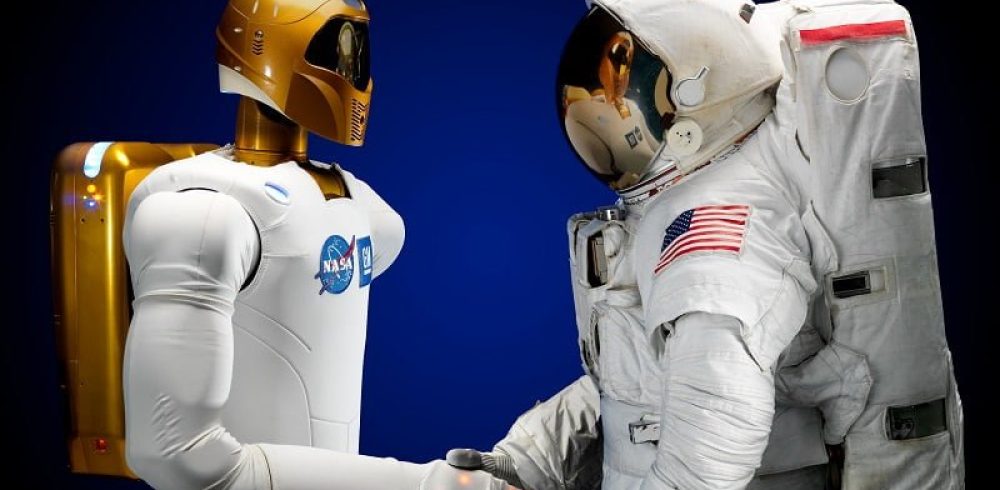The line between man and machine is growing increasingly thinner. Artificial Intelligence developments are starting to perceive sights and sound more like human beings and the results are becoming nearer and nearer to human accuracy. Even the skins used on AIâs are now increasingly lifelike. Researchers have recently created an artificial material that is twice as sensitive as human skin and it has been proposed human tissue can be grown on humanoid robots before aiding a patient needing a skin graft.
The provocative notion is causing some expected debate. Androids are taking on more anthropomorphic forms-powered by actuators wrapped in silicone and latex skins aids this human-like process but using genuine human skin or something so similar to human function has some people in disbelief.
Researchers insist the benefit of medicinal science is at the heart of the proposals interest. Skin tissue can easily tear especially with age as the body becomes more fragile. Failing tendons, ligaments and bones can leave patients in crippling pain but just as developers have previously created sophisticated ways to replace teeth, hair and limbs scientists are now working on new ways to engineer skin grafts and robots offer a good starting point.
Currently the team behind the idea are aiming to design small bio reader prototypes to use in combination with musculoskeletal robots to test the durability of skin. In order to clinically grow skin grafts in these conditions there needs to be a push and pull force in all directions to make sure the skin does not tear and that it can adapt to various stressful situations. Humanoid musculoskeletal robots are thought to be useful for this process as they closely mimic the structure and movements of human beings.
Ethical issues are already being discussed as essentially robots will wear and test artificial skin before it transplanted to a human patient. The idea has caused some stir but is certainly a link to the potentials of future medical engineer and how robotics could shape our future.















